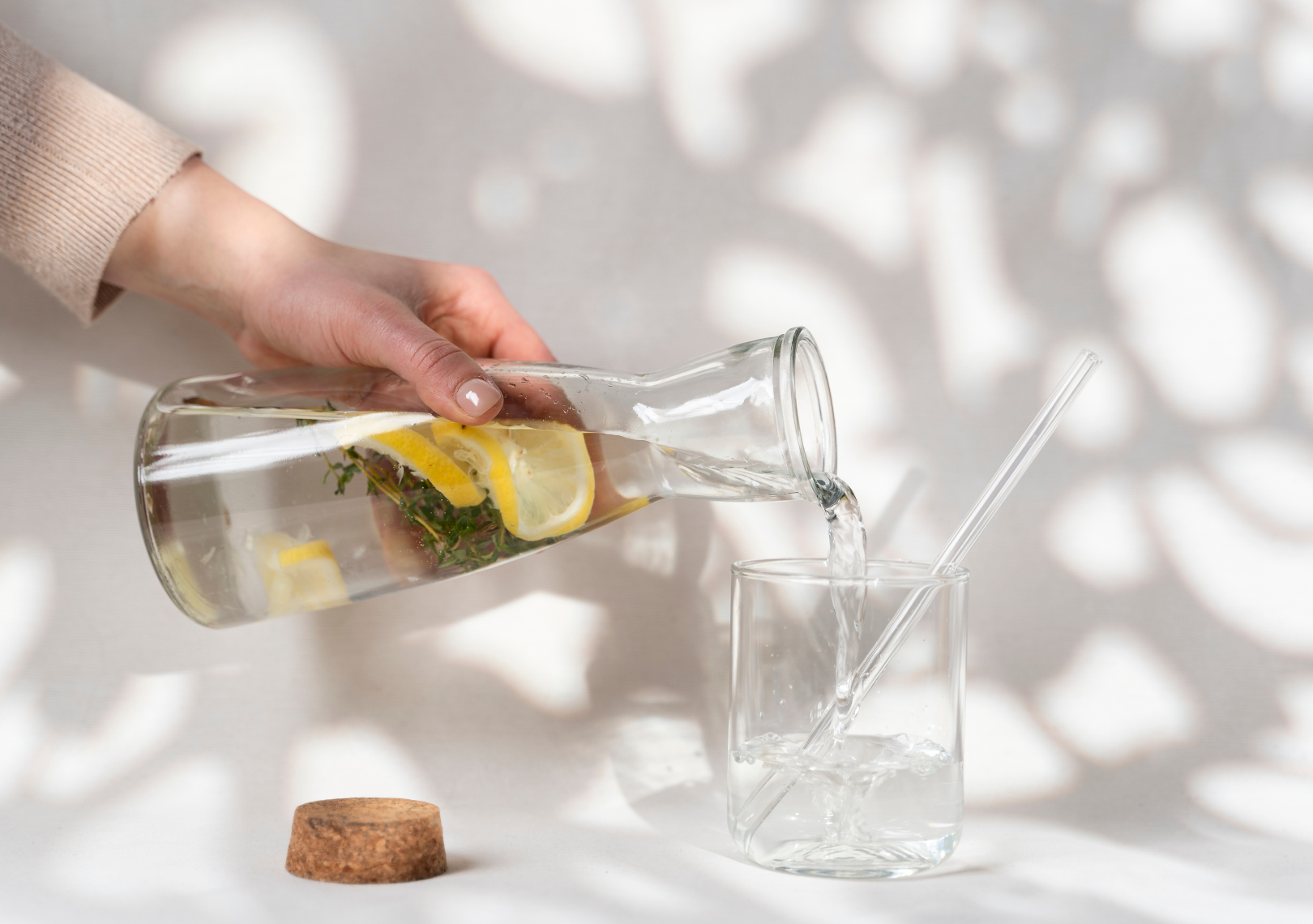
10 July 2025
Heatstroke in the Elderly and Children: How to Prevent and Respond
Summer is often associated with holidays, beach days, and outdoor fun. However, for the most vulnerable — like the elderly and young children — excessive heat can quickly become a serious danger. Heatstroke, also known as sunstroke, is a medical emergency that requires immediate attention.
What exactly is heatstroke?
Contrary to popular belief, heatstroke is not caused solely by direct exposure to the sun. It can occur even in the shade, in poorly ventilated areas with high temperature and humidity.
It happens when the body loses its ability to regulate internal temperature. The core body temperature rises above 40 °C (104 °F), and natural mechanisms like sweating become ineffective.
Why are elderly people and children more at risk?
- In older adults, the body’s thermoregulation system is naturally weakened. Many live alone, take medications that interfere with hydration, or suffer from chronic illnesses that worsen heat response.
- In children, the body is still developing and cannot adapt quickly to temperature changes. Their high physical activity and lower thirst perception increase the risk.
Warning signs to watch for
Heatstroke can develop in under 30 minutes. These are the most common symptoms:
- Very high body temperature (≥ 40 °C or 104 °F)
- Dry, hot, and red skin
- Severe headache
- Nausea or vomiting
- Drowsiness or mental confusion
- Rapid breathing
- Absence of sweating
- In severe cases: unconsciousness or seizures
Important: If you notice these symptoms in an elderly person or a child, act immediately.
What to do in case of suspected heatstroke?
- Move the person to a cool, ventilated area.
Shade or an air-conditioned room is ideal. - Remove excess clothing.
The body needs to “breathe” to release heat. - Apply cold compresses.
Wet towels on the forehead, underarms, neck, and groin help reduce temperature. - Offer cool (not ice-cold) water.
If the person is conscious, encourage hydration. Do not force liquids if vomiting or confusion is present. - Call emergency services (112 or local number).
Even if symptoms improve, internal complications may still occur and need professional assessment.
How to prevent it?
Prevention is simple but highly effective, especially during very hot days:
- Avoid going out between 11 a.m. and 5 p.m.
- Wear lightweight, light-colored cotton clothing
- Offer water frequently, even if there’s no thirst
- Keep indoor spaces ventilated or air-conditioned
- Never leave children or elderly people alone in cars or closed environments
- Provide light meals rich in water (fruits, cold soups, natural juices)
A shared responsibility
Protecting the most vulnerable from extreme heat is a collective duty. Whether you’re a neighbor, a caregiver, or a family member — prevention is the most powerful form of care.
Heat is no joke. And when in doubt, it’s always best to act.

14 October 2025
Eat Well Without the Hassle: 5 Tips for Healthy and Realistic Eating

18 September 2025
Infused water, iced tea or soda? What actually hydrates you?

10 September 2025
Supplements: What’s Really Necessary Starting in September?